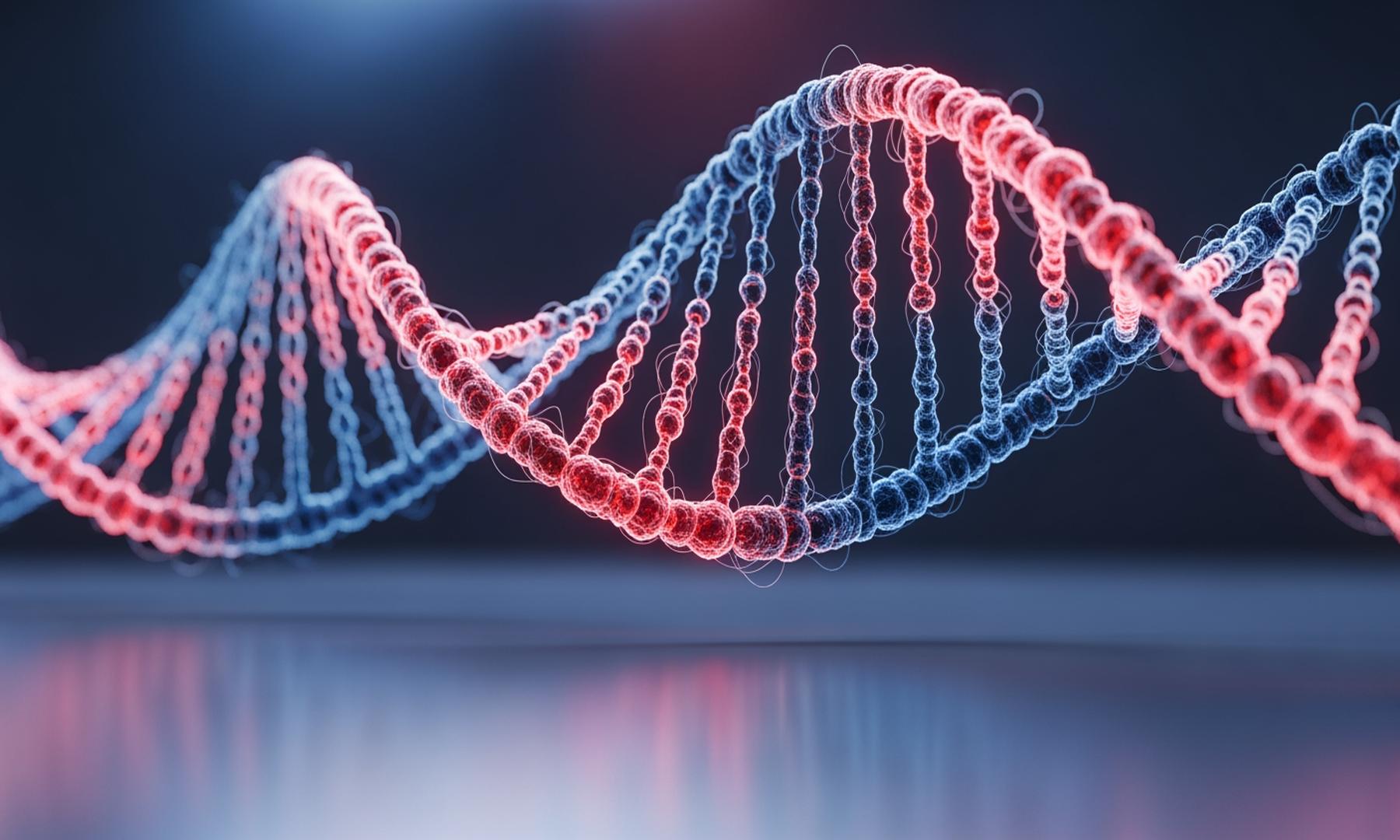What's Happening?
Recent studies have uncovered new insights into the ancient relationship between humans and dogs, revealing that dogs roamed with humans over 10,000 years ago and exhibited a wide range of shapes and sizes. Research led by Allowen Evin and Shao-Jie Zhang
has analyzed ancient dog skulls and DNA, suggesting that the diversity seen in modern dogs has deep historical roots. These studies indicate that the distinctive 'dog-like' skull shape emerged around 11,000 years ago, and that dogs accompanied humans across Eurasia, reflecting complex patterns of human migration and cultural exchange.
Why It's Important?
These findings significantly enhance our understanding of the co-evolution of humans and dogs, highlighting the deep and complex bond that has existed for millennia. The research suggests that dogs were integral to human societies, serving as companions and possibly playing roles in trade and cultural exchanges. This historical perspective can inform current conservation efforts and breed management, as well as deepen our appreciation for the genetic and cultural legacy shared between humans and dogs.
What's Next?
Future research will likely focus on further unraveling the genetic and morphological diversity of ancient dogs, as well as their roles in human societies. This could involve more detailed studies of ancient dog genomes and archaeological findings to better understand the environmental and cultural factors that shaped the evolution of dogs. Such research could also provide insights into the domestication processes of other animals and the broader impacts of human-animal relationships throughout history.
Beyond the Headlines
The study of ancient dog DNA not only sheds light on the past but also raises questions about the future of human-animal relationships. As we continue to explore the genetic foundations of domestication, ethical considerations regarding breeding practices and the preservation of genetic diversity in modern dog populations will become increasingly important. This research underscores the need to balance historical insights with contemporary conservation and ethical practices.














